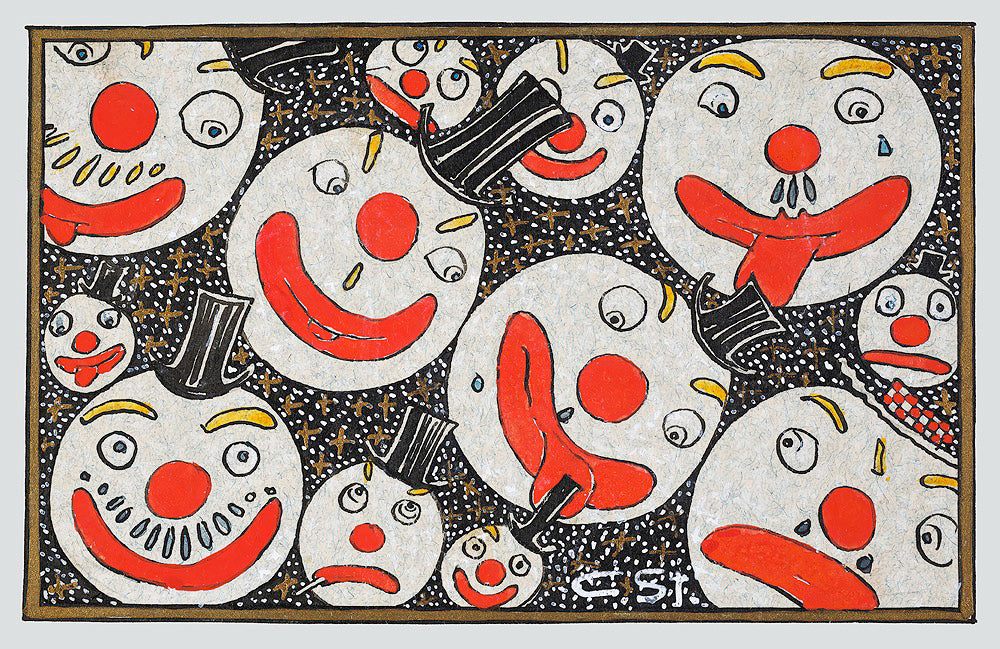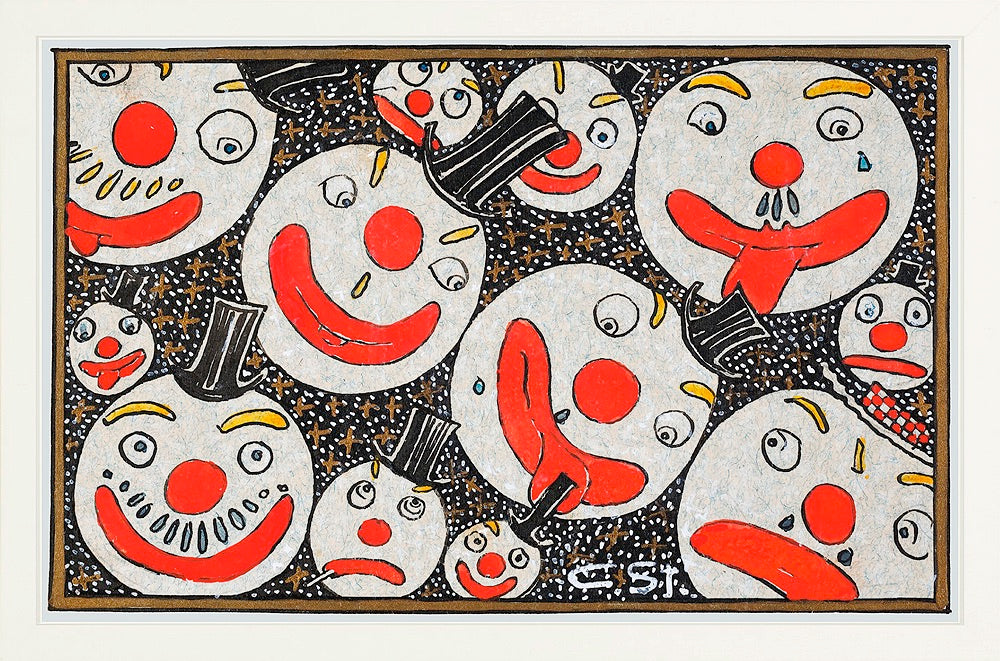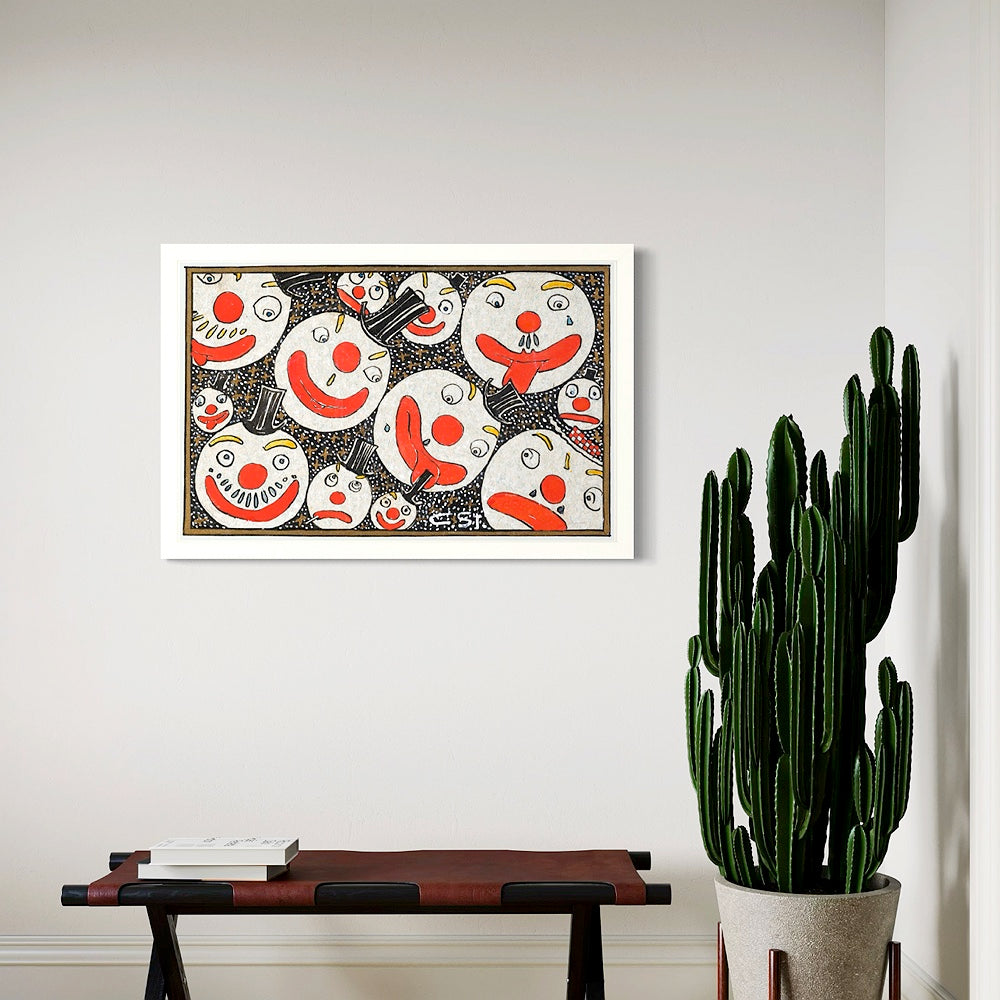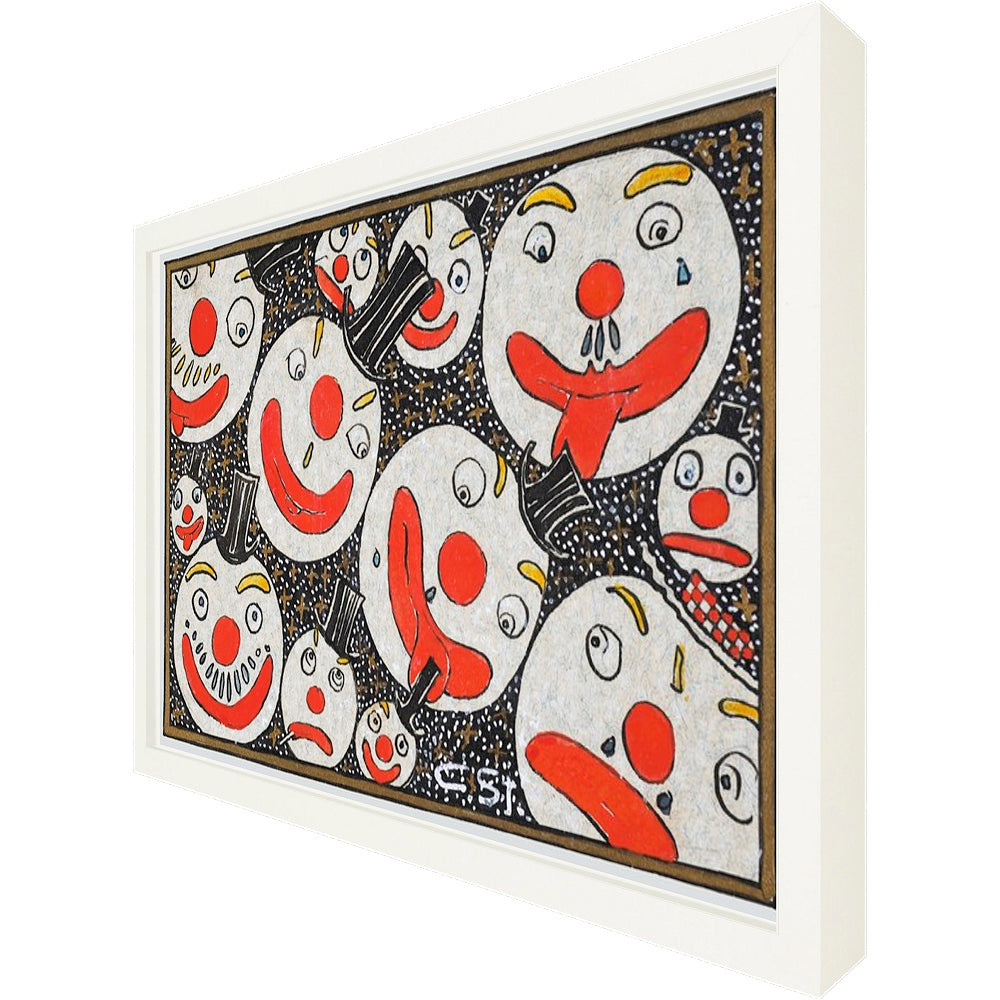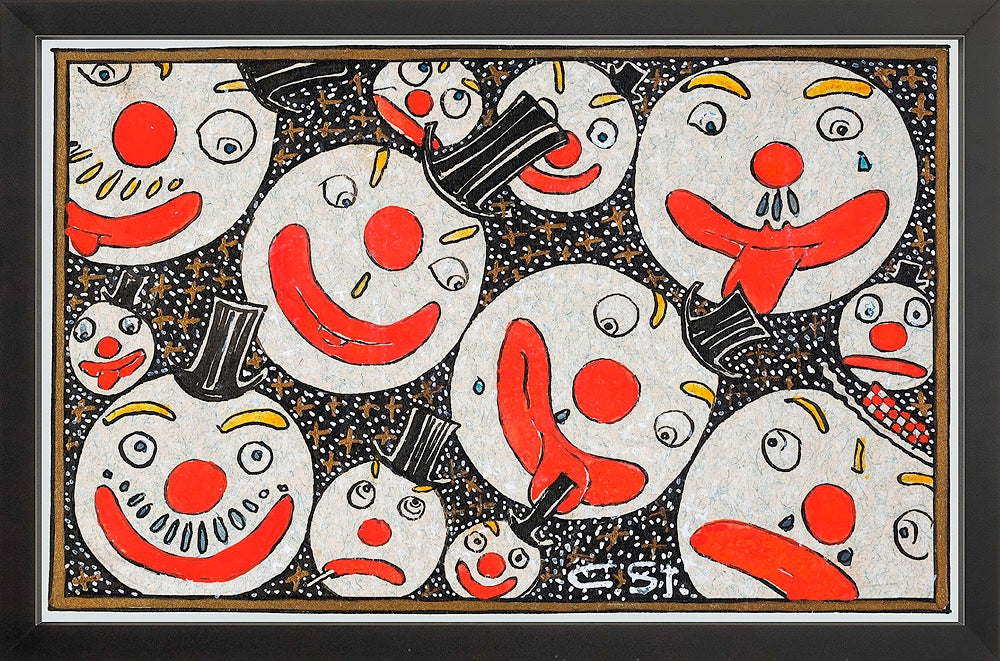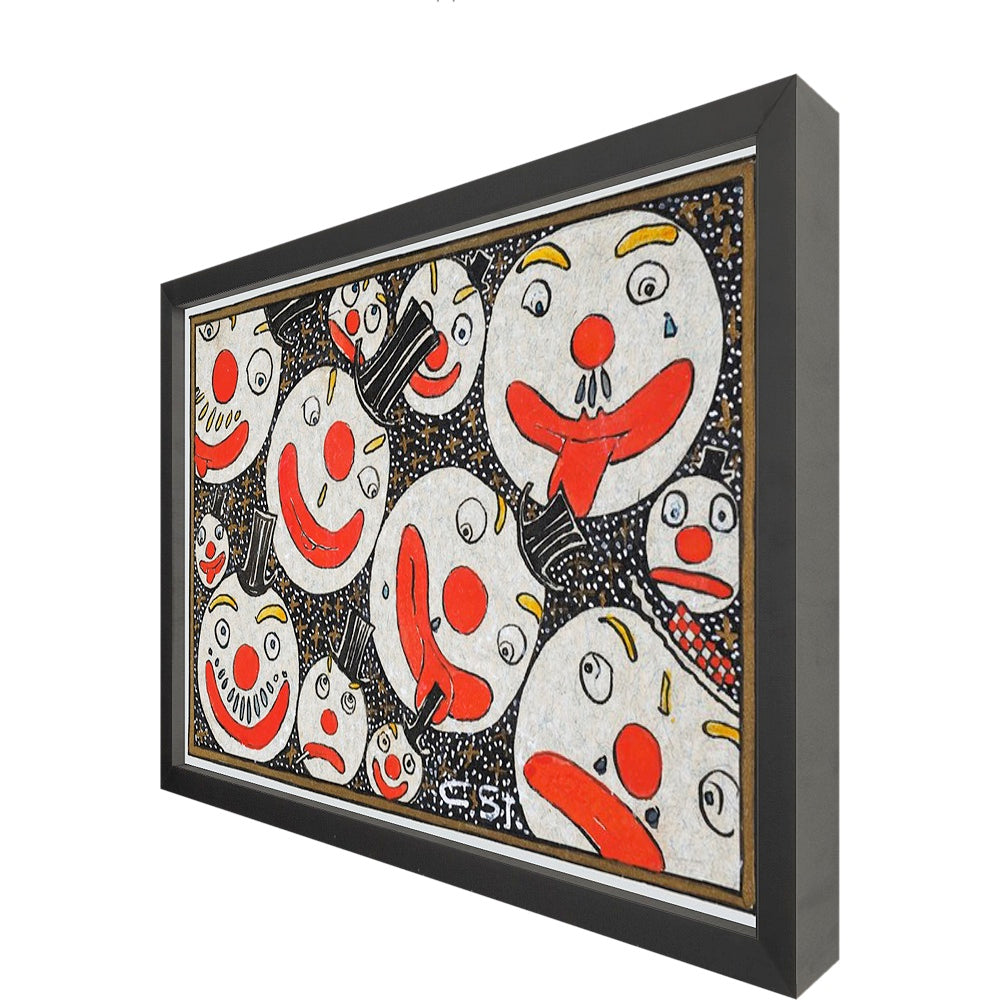LUXE EDITION
Figurative Design
Figurative Design
Couldn't load pickup availability
Shipping & Return Policy
Shipping & Return Policy
Print delivery: 5–11 days
Framed prints and decor: 2-3 weeks
Returns within 2 weeks
See policies in the footer
Luxe vs. Classic Prints
Luxe vs. Classic Prints
Luxe Prints – Premium prints on a variety of high-end fine art paper options and frames for a sophisticated presentation. Some fit standard frames, while others maintain non-standard historical proportions.
Classic Prints – Affordable, high-quality prints with a smoother finish for sharp detail designed to fit off-the-shelf frames. Classic prints have the word 'classic' above the title and a letter which shows the sizes that the print comes in. Size A– 4x6", 12x18", 16x24", 20x30" B– 6x8", 9x12", 12x16", 18x24", 24x30" C– 8x10", 16x20"
Understanding Our Print Sizes
Understanding Our Print Sizes
Historical prints vary in proportion based on their original format. Whenever possible, we match them to the closest standard size, using common print ratios like 2:3 (e.g., 8x12) or 3:4 (e.g., 9x12). However, resizing some prints can distort the artwork's integrity, so we can only offer them in their original proportions. Additionally, we use different printers for our product lines, and not all sizes are available with every printer.
Titled "Figuraler Entwurf für eine Einladungskarte" (Figurative Design for an Invitation Card), is a graphic piece by Carl Strathmann.
Why We Picked It
This piece showcases figurative elements, likely human or allegorical figures, designed with a distinctive elegance. Strathmann was a prominent artist of the Art Nouveau movement. He was known for his intricate, ornamental designs characterized by flowing lines and detailed embellishments. His signature blend of whimsical figures and decorative motifs creates a harmonious fusion of illustration and decorative art, resulting in a sophisticated and captivating artwork.
Notable Context
Art Nouveau was marked by a desire for innovation, a rejection of academic art traditions, and an emphasis on craftsmanship and design across Europe. It was particularly strong in cities like Munich (where Strathmann was based), Paris, Brussels, and Vienna, and was characterized by its use of organic forms, flowing lines, and intricate patterns inspired by nature. Artists and designers of the time often drew from plant life, animals, and the human figure, interpreting them in stylized and ornamental ways. There was a fascination with nature, mythology, and the human spirit, echoing the growing interest in the supernatural, dreams, and symbolism, which influenced both visual art and literature.
About the Artist
Carl Strathmann (1866–1939) was a German painter and graphic artist known for his association with the Art Nouveau movement. Born in Düsseldorf, he later studied in Munich, where he became part of the city’s vibrant art scene. Strathmann's work is characterized by intricate, highly detailed compositions, often blending whimsical or fantastical figures with ornate, decorative elements. His work, while grounded in the decorative beauty of Art Nouveau, also carried traces of Symbolism, which delved into deeper themes of emotion, imagination, and the metaphysical—another hallmark of the cultural zeitgeist. Though less widely known today, Strathmann was celebrated during his lifetime for his unique artistic voice, contributing both to fine art and graphic design.
